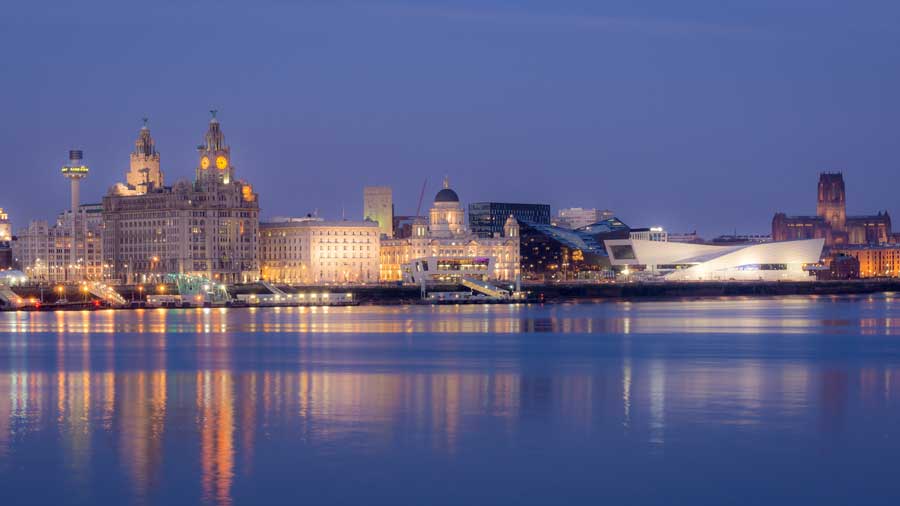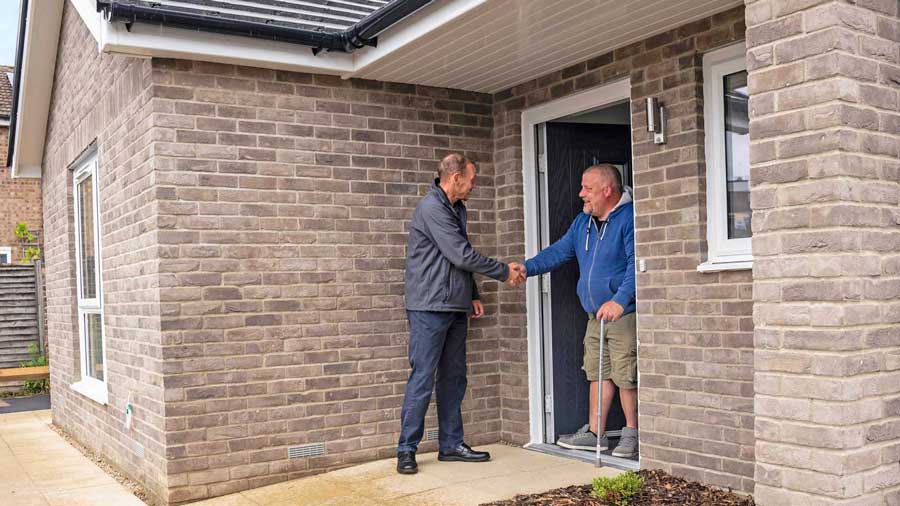Image: Istock
Building better together
Why inclusive growth is the heart of true regeneration

GROWTH, REGENERATION & DEVELOPMENT

Darren Rodwell
Former Leader, Barking & Dagenham Council, and founder of inclusive growth consultancy

Darren Rodwell
Former leader, Barking & Dagenham Council and founder of inclusive growth consultancy
Issue 78 | June 2025
When we think about regeneration, it’s easy for the mind to jump to cranes on the skyline, new shops opening or shiny new buildings springing up where old ones once stood. But real regeneration – the kind that stands the test of time and truly transforms lives – is about much more than bricks and mortar. It’s about people, place and purpose and showing value to existing communities.
Inclusive growth means making sure the benefits of investment and development reach everyone, not just a few. It’s about ensuring the communities who live in a place today are at the heart of its future and not pushed out by change, but empowered by it.
At its best, inclusive growth touches every aspect of regeneration:
Homes
A truly regenerated place offers homes that people can afford, designed for how they live their lives now and in the future. It’s not enough to simply build, we must create mixed communities where different generations and incomes live side by side, supporting each other. Affordable housing, shared ownership and good-quality rental homes aren’t just housing policies, they’re social infrastructure that builds belonging.
Employment opportunities
Jobs and skills are at the core of inclusive growth. Regeneration should open up new long-term opportunities to good work that is well-paid, secure and fulfilling, which gives people a real stake in their community. Investment in skills and training, linked to the opportunities being created, ensures local people don’t just watch change happen around them, they should be supported to drive it. From apprenticeships on construction sites to digital hubs for young entrepreneurs, the goal is the same: to unlock potential and extend opportunity.
Social infrastructure
Thriving communities aren’t built on homes and jobs alone. Social infrastructure like schools, parks, health centres, libraries and cultural venues are the places where community life thrives. Regeneration projects must put social infrastructure at the centre, not treat it as an afterthought. When we design places that nurture health, learning, creativity and connection, we create places where people not only live, but flourish.
“Regeneration projects must put social infrastructure at the centre, not treat it as an afterthought.”
Public leadership
Inclusive regeneration doesn’t happen by accident. It takes leadership, the kind that listens, works collaboratively and puts long-term community benefit above short-term gain. Councils, community organisations, businesses and residents all have a role to play in shaping regeneration. True leadership means creating the conditions for partnerships to thrive, making space for local voices and keeping fairness, trust and hope at the core of decision-making
Benefits of inclusive regeneration
When regeneration puts people first, the benefits ripple outwards. Crime falls, public health improves, businesses thrive and a sense of pride and belonging grows stronger. The physical environment improves, but so does the social fabric of the community – and it’s that, ultimately, which turns a place into a home.
The challenges we face – from the cost of living to climate change – make the need for inclusive growth even more urgent. It’s not about slowing development down but about speeding up the right kind of development: the kind that builds resilience, opportunity and fairness into the very DNA of a place.
Inclusive growth isn’t a “nice to have” or a political slogan. It’s the key to building places that are not only successful but sustainable. It ensures that regeneration is not something that happens to communities, but something that happens with and for them. Because in the end, regeneration isn’t just about transforming places, it’s about transforming lives.
“Inclusive growth isn’t a ‘nice to have’ or a political slogan. It’s the key to building places that are not only successful but sustainable.”

